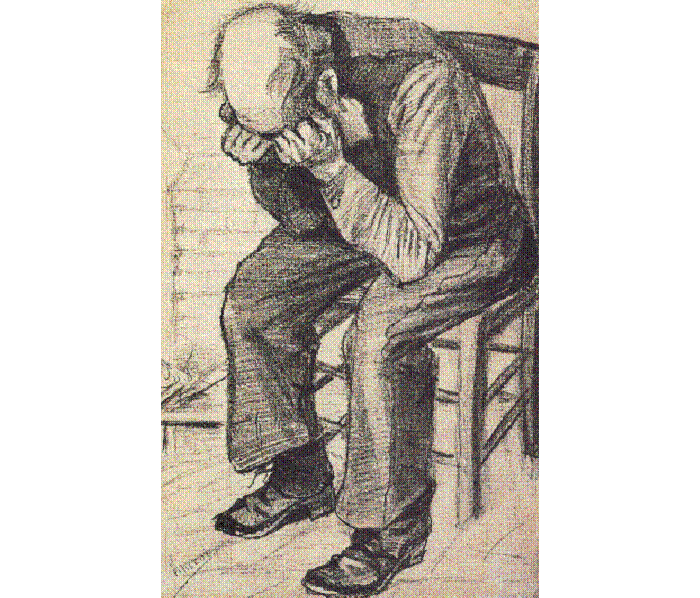
Indentured child labourers, so-called “Verdingkinder”, were recruited in Switzerland until the end of the 1960s. These children were taken away from their often poor or otherwise socially marginalized parents and sent to live with and work for new families, generally poor farmers. Most of these children were severely mistreated by their new families, and they suffered neglect as well as physical, sexual, and psychological abuse or trauma. It is estimated that, between 1920 and 1970, over 100,000 children grew up as Verdingkinder.
Researchers at University of Zurich have begun an in-depth psychological study of these individuals. Based on a novel approach combing a variety of psychosocial data and the sampling of specific DNA patterns, the overall aim is to identify psychological predictors of healthy aging. The high-risk group is compared to a control group of persons of the same age. The researchers can then determine whether the groups demonstrate differing degrees of vulnerability to age-related diseases and whether a certain measure of adversity in childhood is an indispensable factor in a human’s ability to adapt (the so-called “steeling effect”) and therefore significant to positive health outcomes in older adults.
PUBLIC LECTURE: 13.00–14.30
Late-Life Effects of Childhood Trauma - Research from the University of Zurich Priority Program 'The Dynamics of Healthy Aging'
PEOPLE
Prof. Dr. Dr. Andreas Maercker
UZH, Department of Psychology, Chair of Psychopathology
